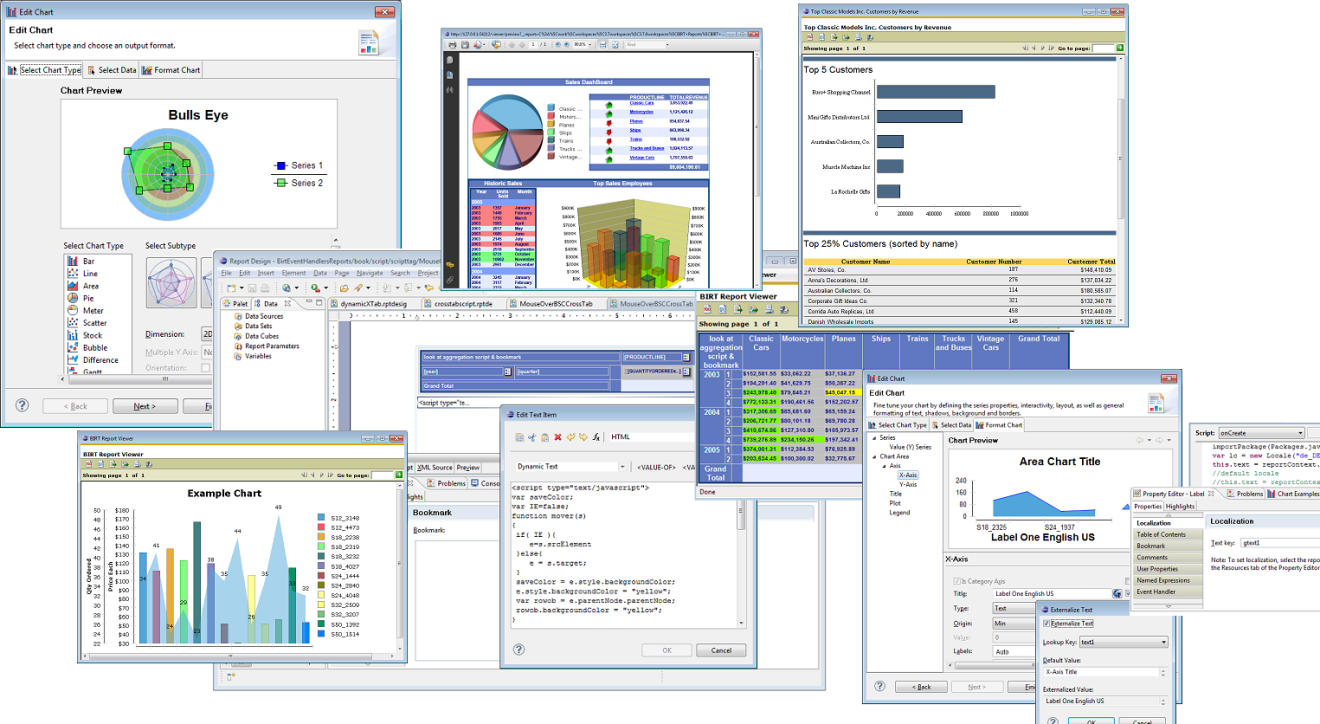Introducing Spring Integration Scala DSL
Introduction
The Spring Integration team is happy to announce the first milestone release (1.0.0.M1) of the Spring Integration Scala DSL - one of the newest additions to Spring Integration portfolio.What is the Spring Integration Scala DSL?
The Spring Integration Scala DSL is a Domain Specific Language written in Scala with the goals of:
- providing a strongly-typed alternative to XML configuration for Spring Integration
- raising awareness about Spring Integration in Scala community
- providing first class integration with various Scala frameworks and products such as Akka
- providing seamless integration with Java where Scala developers can still leverage their existing Java investments
One thing we would like to point out is that the Spring Integration Scala DSL is not itself a new EIP framework. Rather, it's a Scala-based DSL that sits on top of the Java-based Spring Integration framework, and, in the first milestone, the DSL itself still relies heavily on Java types from the Spring Integration API. However, as it progresses through subsequent milestones, the DSL will evolve to become increasingly Scala-esque. We do believe that such close integration with the existing…
 Figure 1 BIRT Collage
Figure 1 BIRT Collage
